I wanted to share some thoughts on a lens that’s quickly become my go-to for portraits: the Leica 35mm Summicron (v4) – also known as the "King of Bokeh".
Let’s start with the obvious: it's smaller, lighter, and has that beautiful vintage character I love. But what really pushed me to pick it up was the urge to shoot differently, more deliberately. I was coming from the Voigtländer Nokton 35mm f/1.4 II MC, which is a great lens in its own right, but I felt like I was leaning too much on shooting everything wide open just for the bokeh.
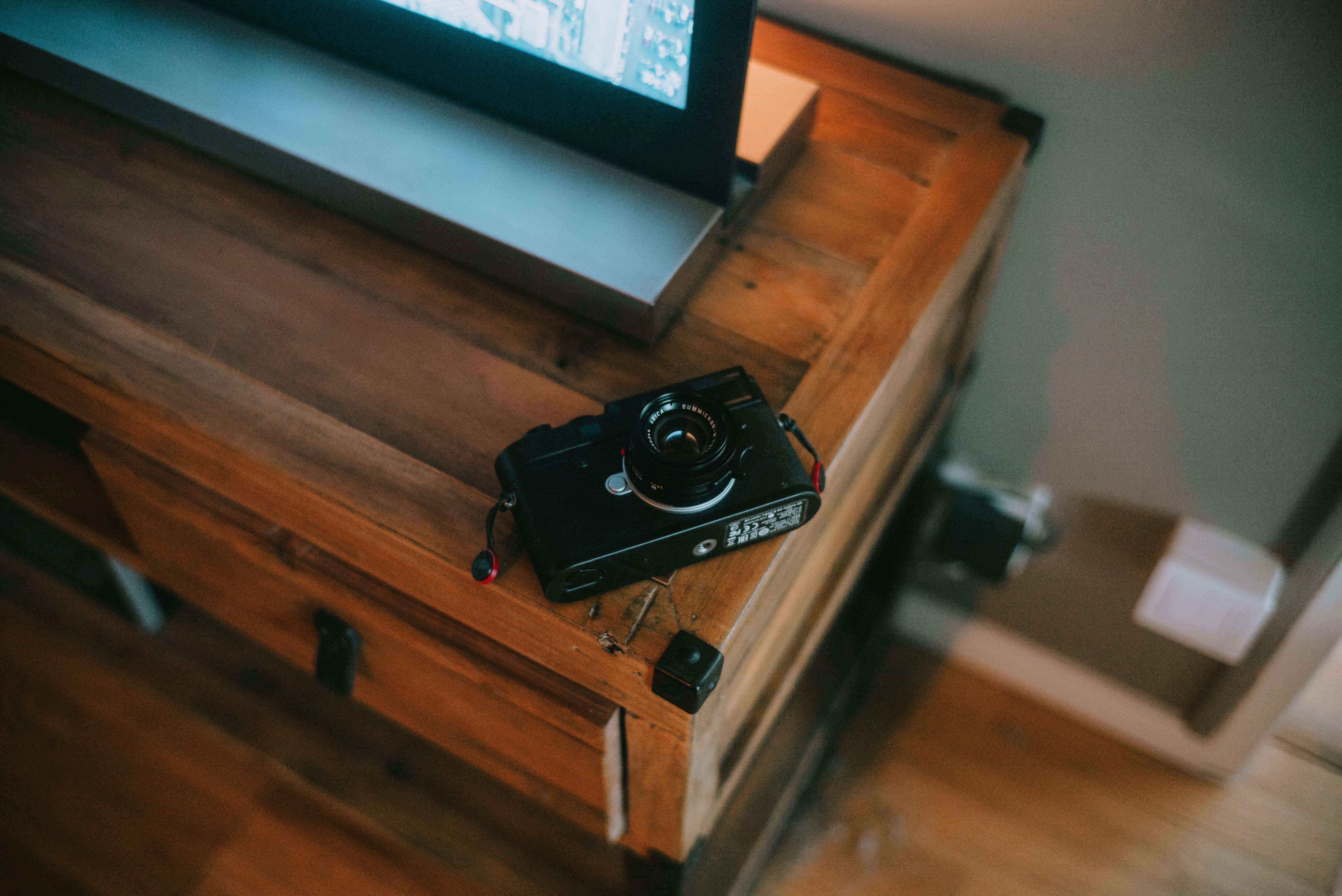
The Temptation of f/1.4
Shooting at f/1.4 is a seductive thing, easy background blur, creamy separation, looks great straight out of the gate. But I caught myself using it as a crutch. Every shot started to look the same, with the background blown out. I started to wonder: what would happen if I stepped it down a bit? Could I still make great portraits without relying on bokeh?
First Impressions: Summicron vs Voigtländer
Right away, I noticed the build quality and feel of the Summicron is a level above. The focus ring is smoother, and the focus tab, while a small detail, is just better designed. The little half-moon shape is sharper and it actually makes a difference when you're trying to nail focus, especially for portraits. Easier to grab hold of compared to the Voigtländer where I would slip off the tab sometimes.
Both lenses are similar in size, but the Summicron has that classic Leica compactness that makes it perfect for discreet shooting. I still keep the Voigtländer around (because it’s a killer lens), but the Summicron has become my daily shooter for the last year.
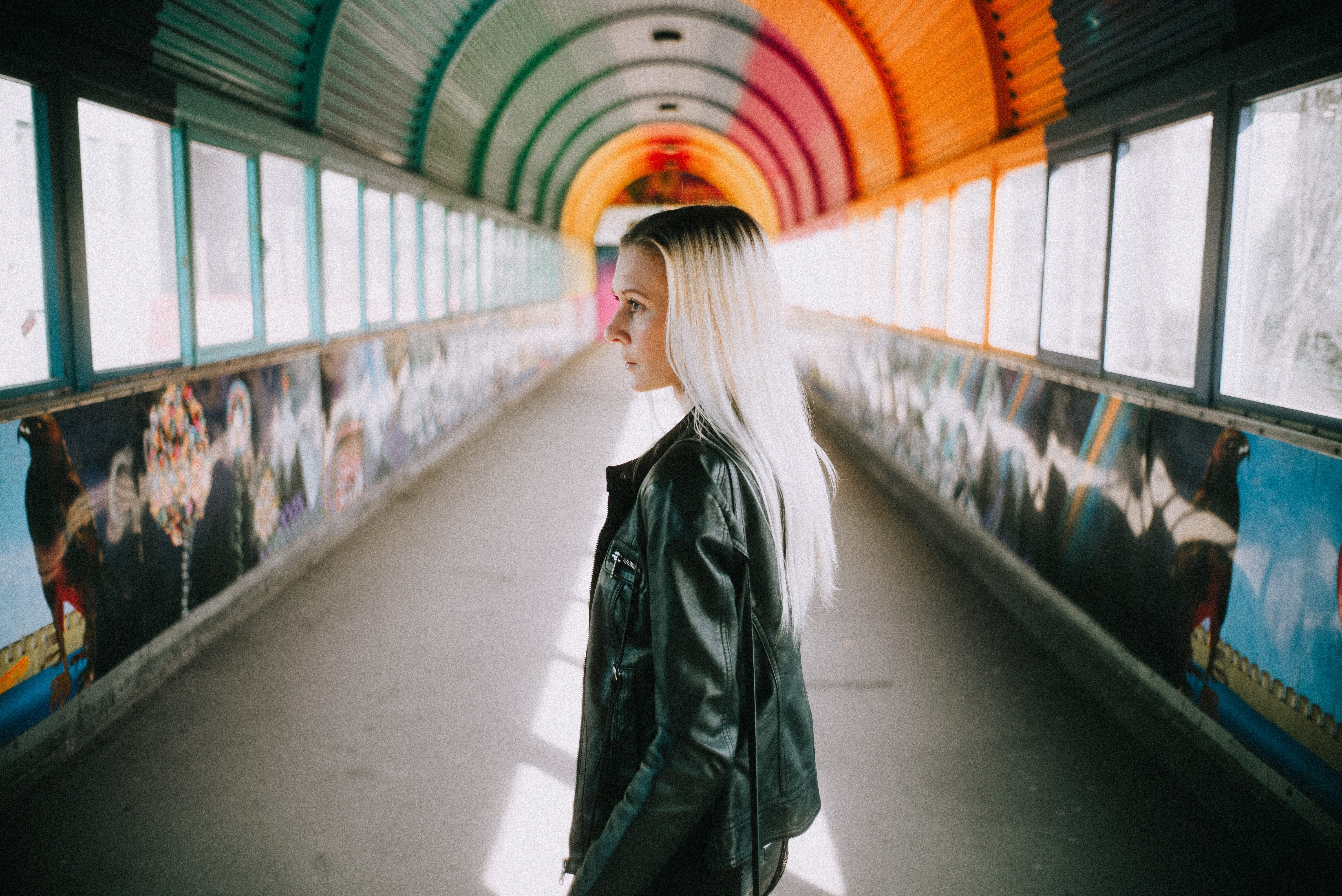
What I’ve Been Shooting
I’ve mainly been using the Summicron for street photography, during commutes, lunch walks, or just wandering around Stockholm. But what I really wanted was a lens I could rely on for portraits. Something small, intimate, and precise. And that’s exactly what the Summicron has delivered.
I’ve used it for everything from casual family shots to more formal sessions, like a recent shoot with photographer Ben Kobra (definitely check out his work). We did some portrait and product photography, and the lens handled it all beautifully. It’s easier to focus, cleaner to compose with, and more forgiving at f/2 than you'd expect.
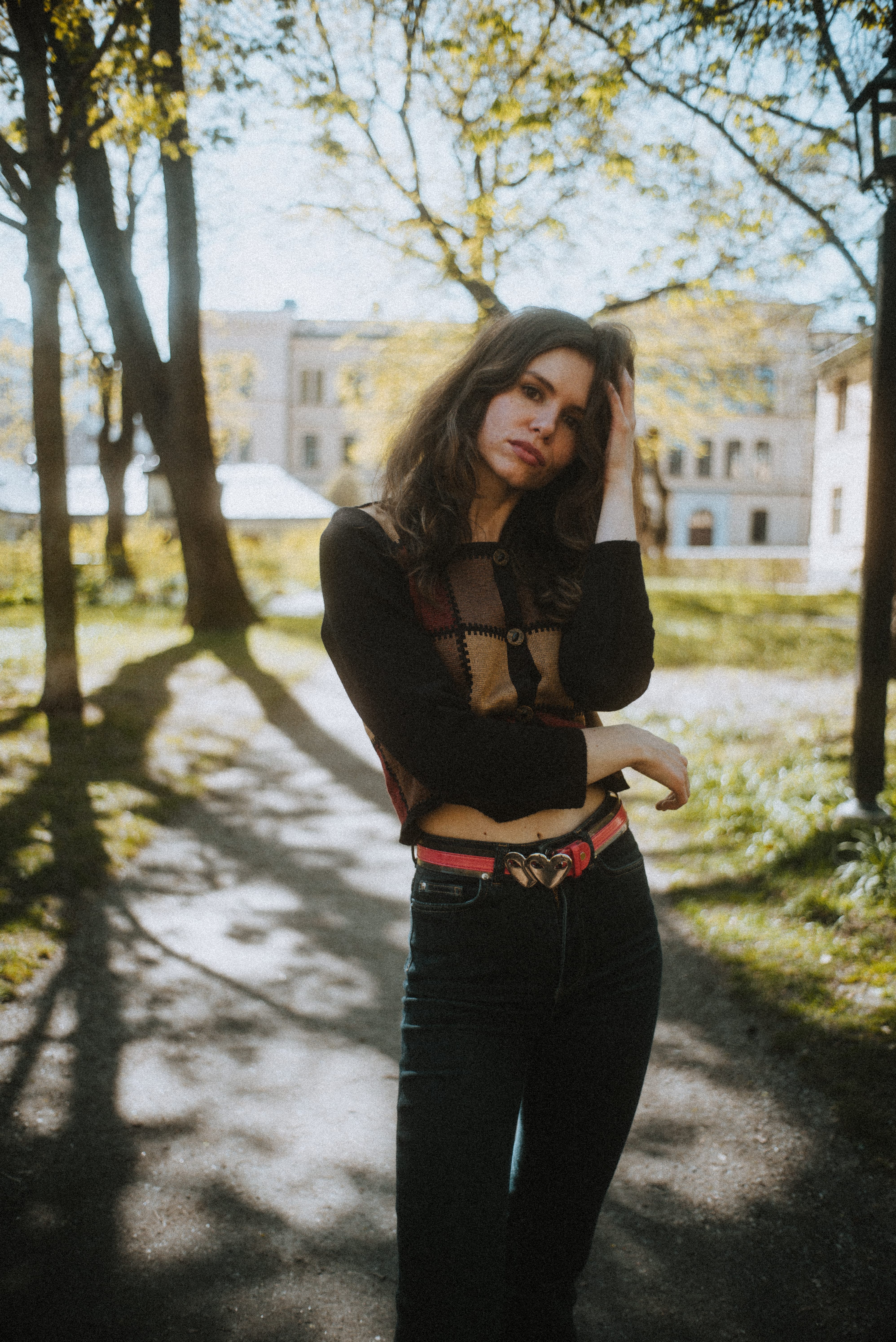
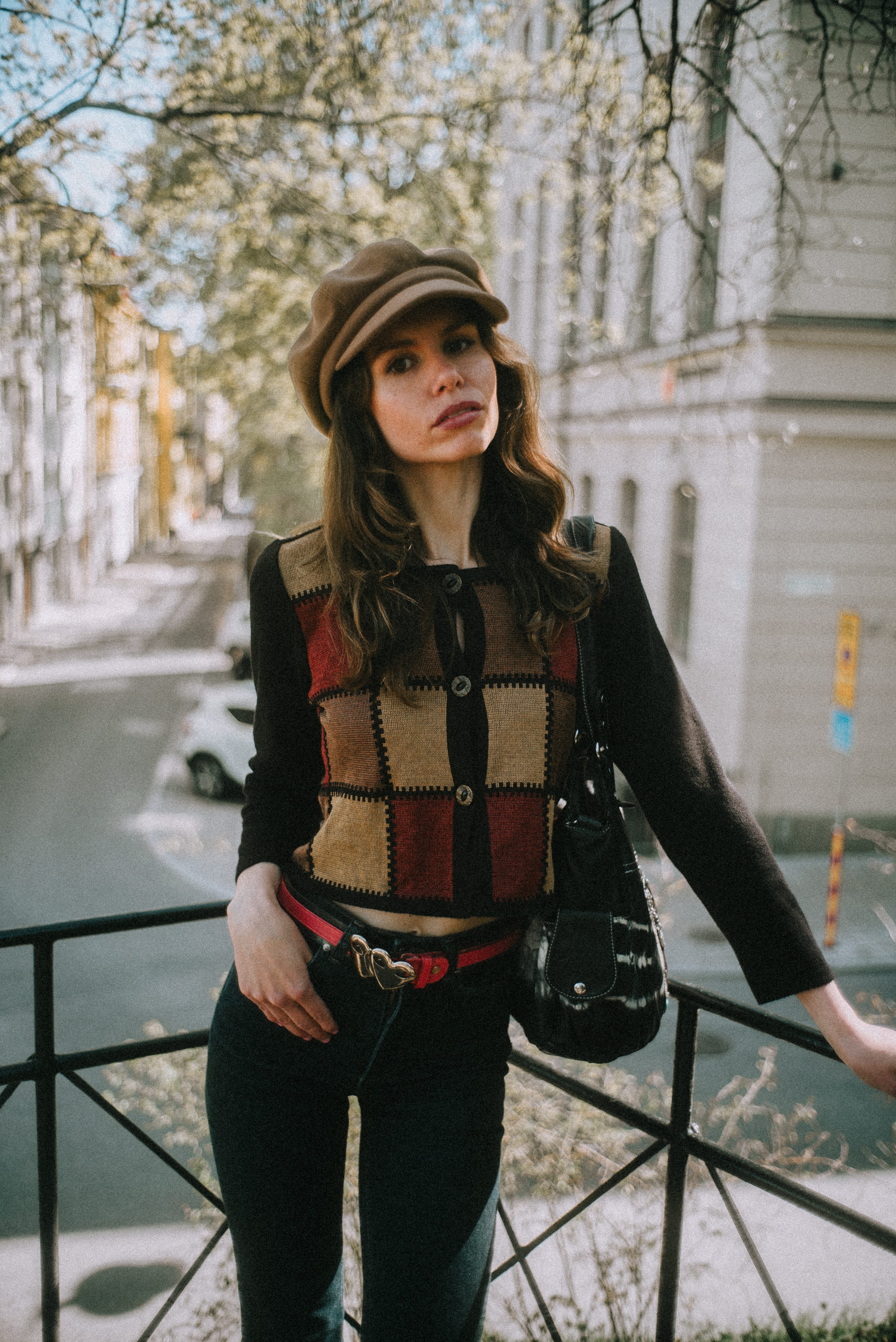
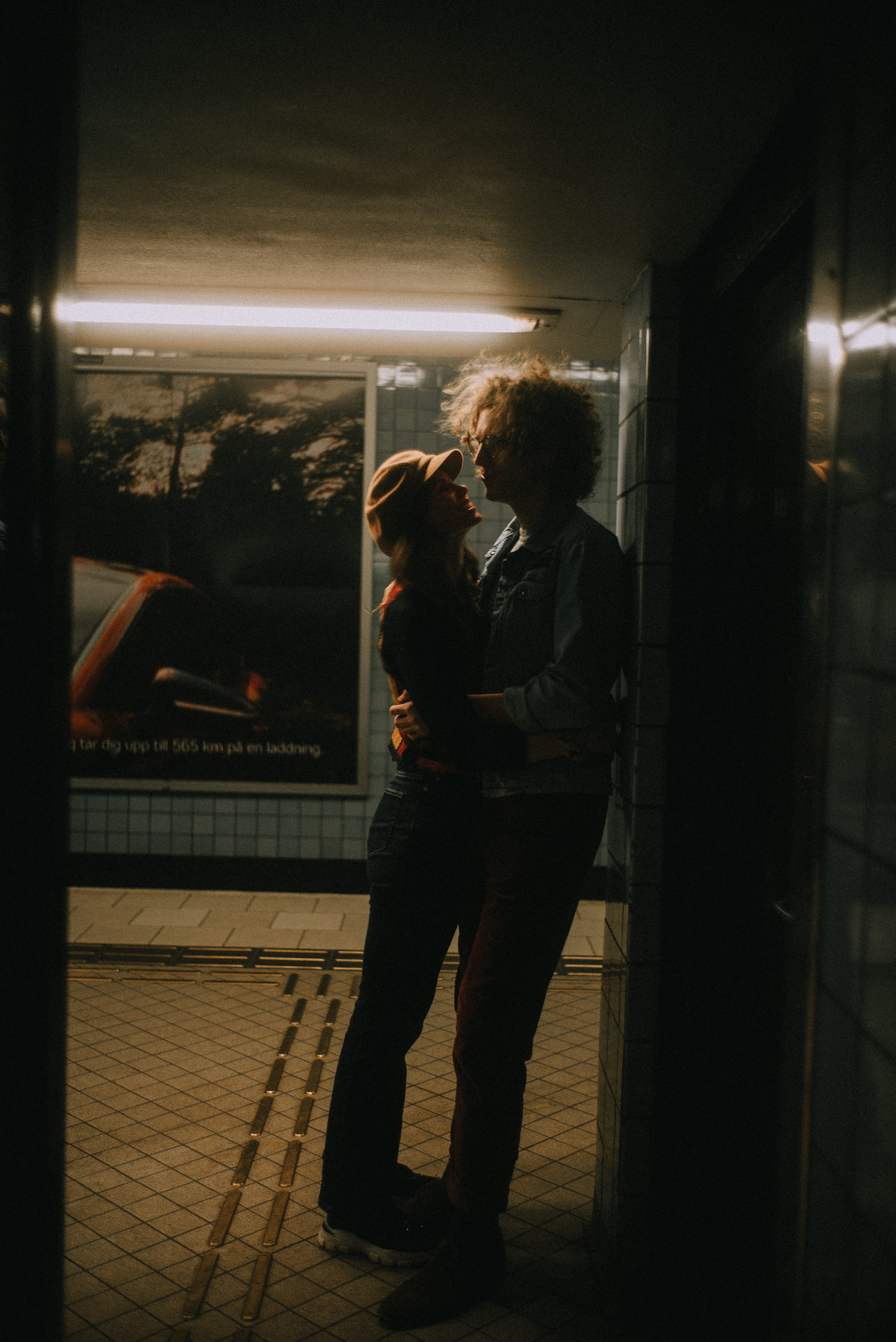

Learning to Love f/2
One of the biggest shifts for me has been embracing f/2 and higher. In the past, especially with weddings, I’d default to f/1.4 for the background blur. But I realized that I wanted more of the environment in my portraits. More context. More story.
And here's the thing: non-photographers usually prefer it too. Most people like seeing where the photo was taken, what’s happening in the background. It adds a sense of place. With the Summicron, you still get great bokeh when you want it, but you also get that clarity and sharpness across the frame that makes images feel more complete.
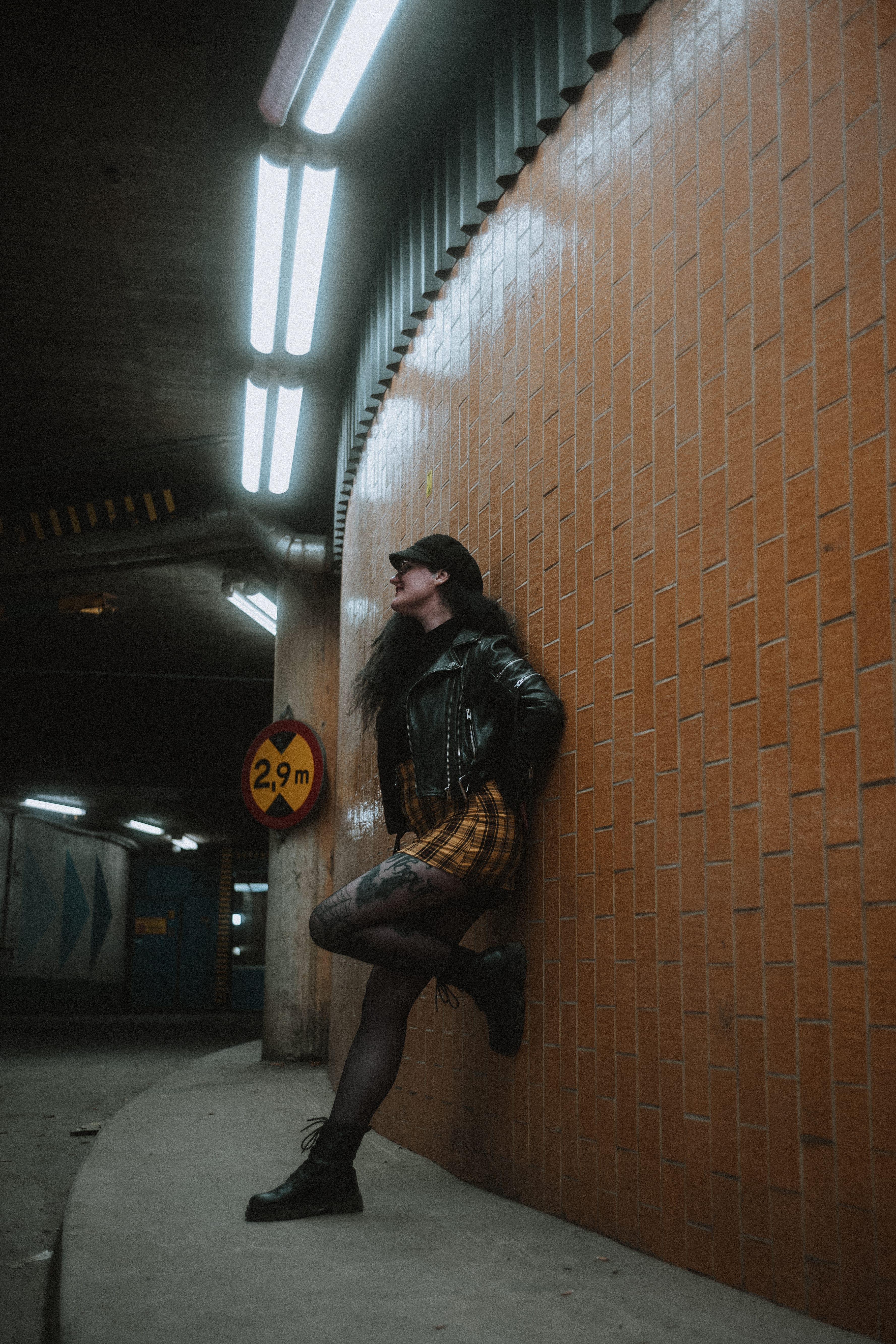
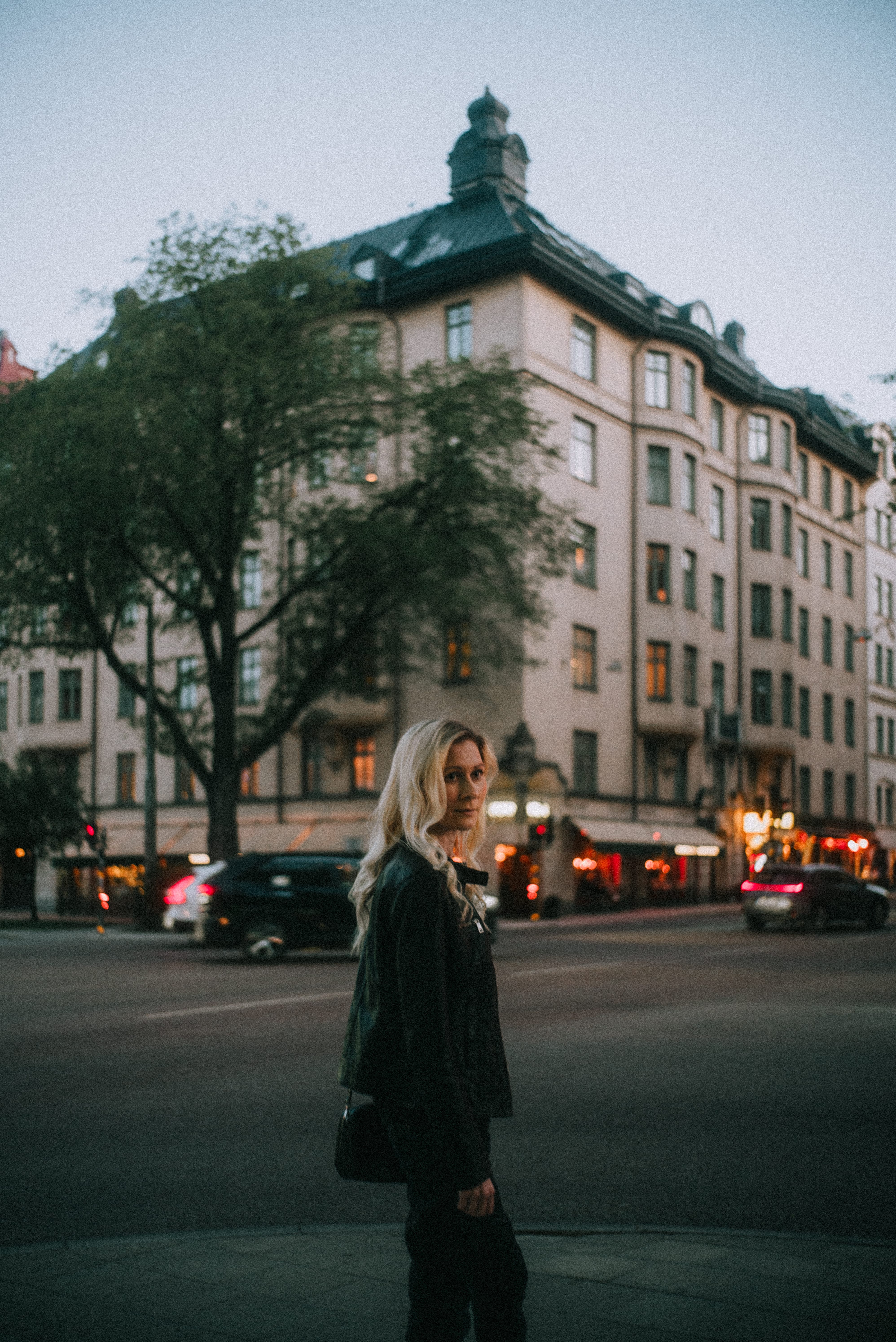
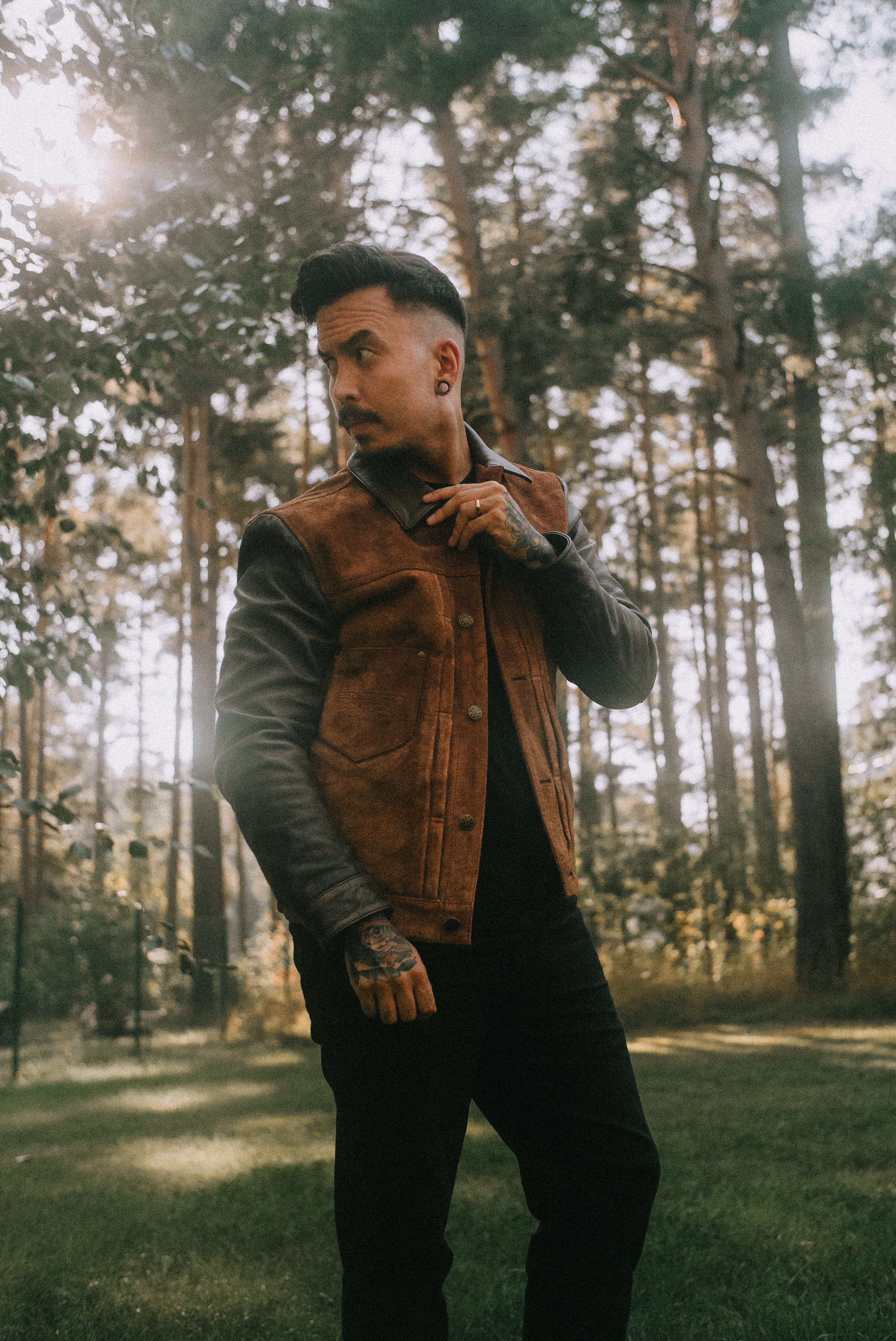
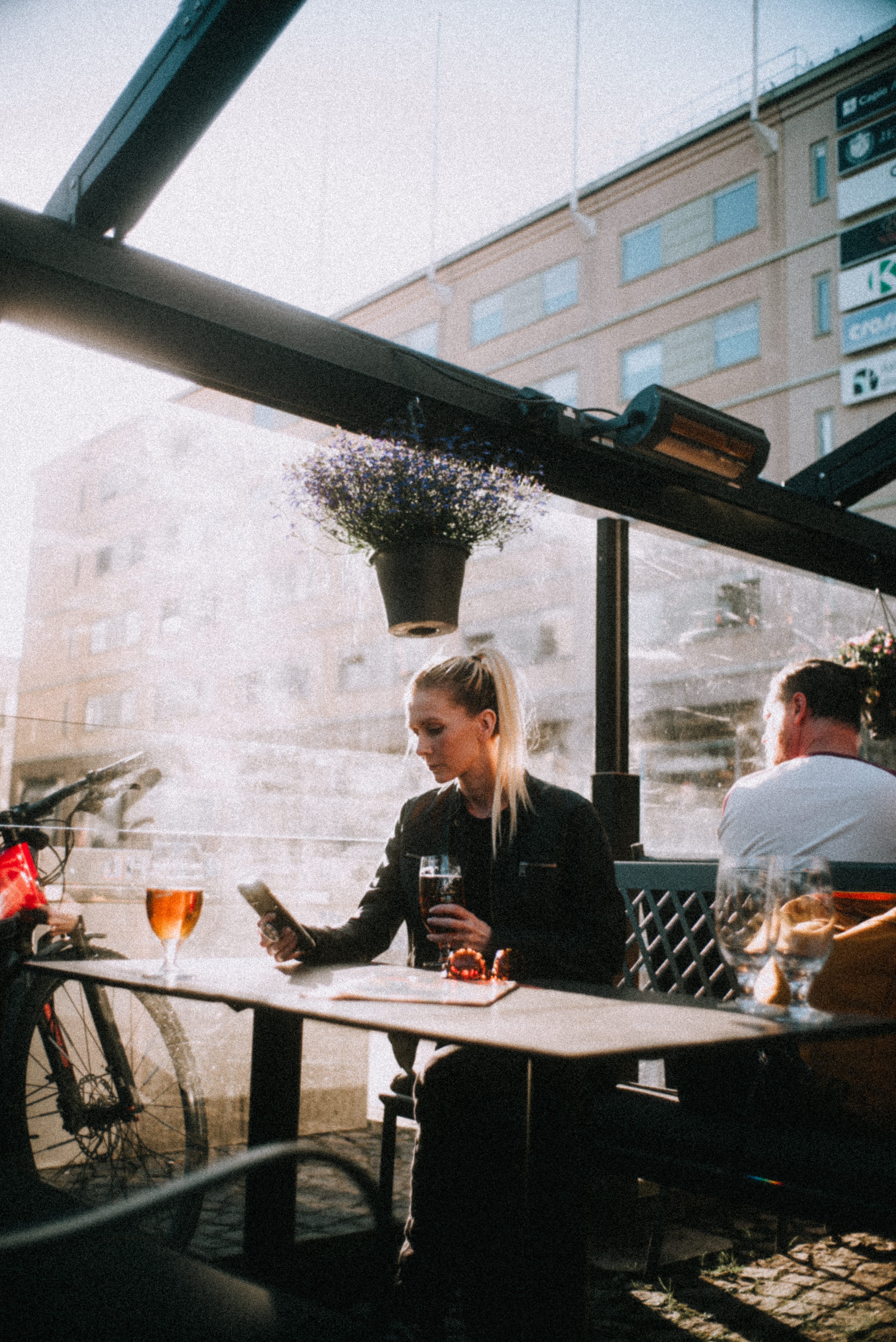
Final Thoughts
I’ve even done a proper couple's shoot with this lens, and it was one of my favorites to date. I’m not sure I’ll ever go for the Summilux 35 f/1.4. It feels like stepping backwards into old habits. Unless I really need the extra stop for low light or harsh conditions, I don’t see the point. The Summicron just works.
I've come to believe that our obsession with wide apertures starts when we first fall in love with photography. We chase bokeh. We think that’s what makes photos “professional.” I’ve been there, heck, I have the Canon 50mm f/1.2 tattooed on my arm. But when you look at high-end fashion or commercial photography, everything is tack sharp.
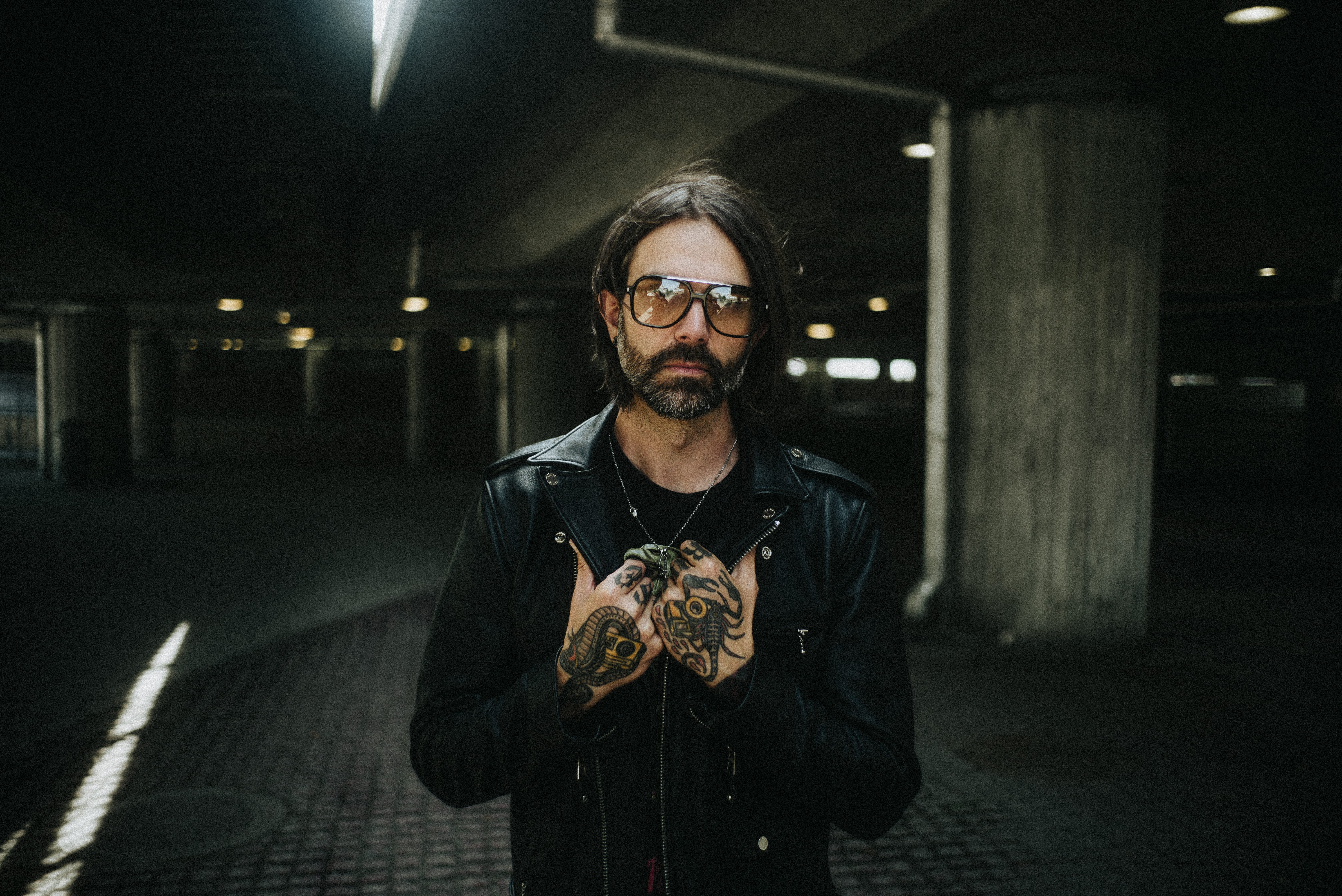
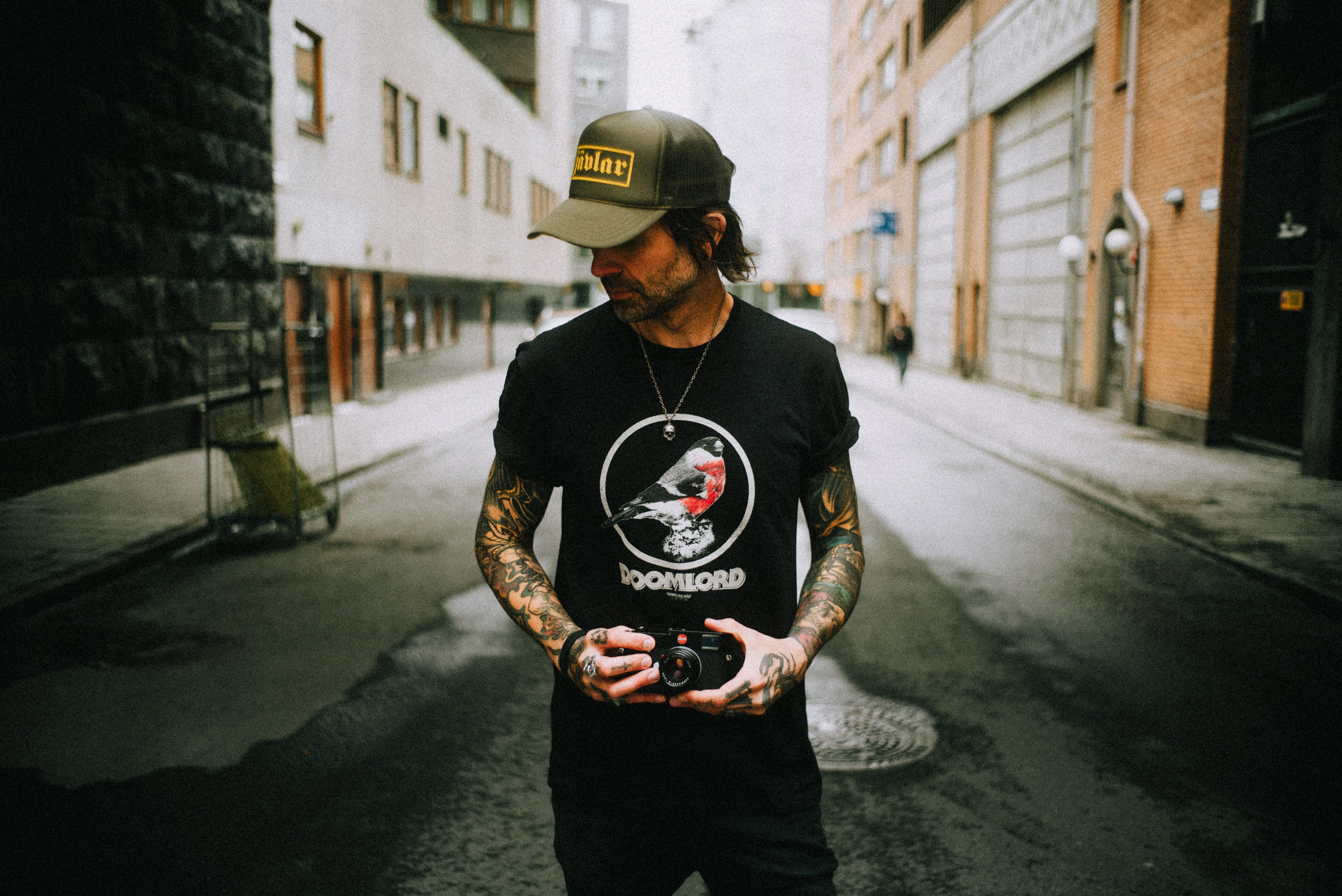
So yeah, shooting at f/2 and beyond? Highly recommended. It forces you to slow down, frame more carefully, and tell better stories. The Summicron has helped me do just that.
If you're thinking about making the switch or just want to level up your portrait game—give f/2 a try. You might be surprised by how much you don’t miss f/1.4.
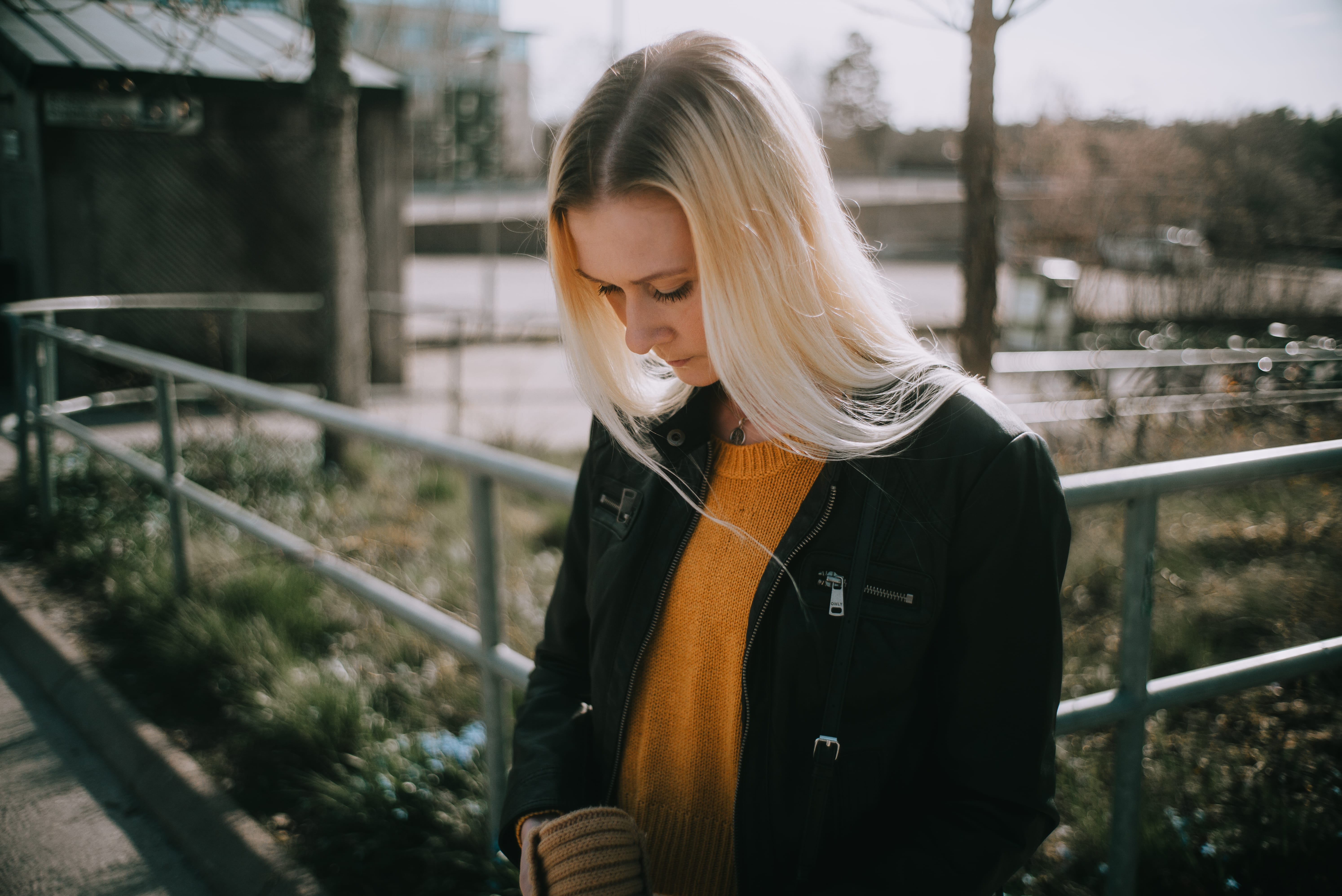
No Comments.